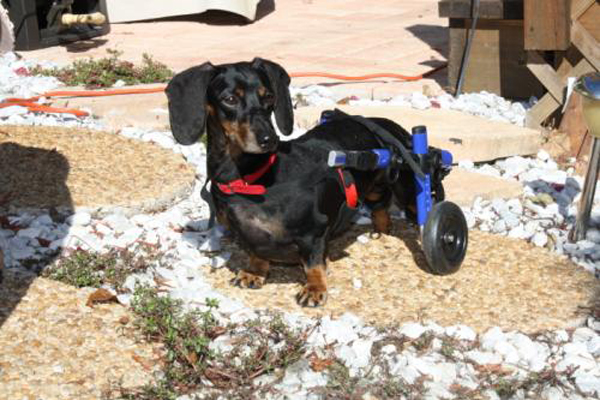In a new study, a team of scientists at Cambridge University have successfully invented a new technique where dogs had olfactory ensheathing cells from the lining of their nose removed, grown in laboratory for regeneration, and then re-injected in the injury site resulting in considerable improvement. The dogs also regained the use of their back legs and coordinated movement with their front limbs. Higher functions lost in spinal injury– hand function, bladder function, temperature function are at this time are still a long way away as they are more complicated. The study is the first to test the transplant in “real-life” injuries rather than laboratory animals.
The research was a collaboration between the MRC’s Regenerative Medicine Centre and Cambridge University’s Veterinary School.
Professor Robin Franklin, a regeneration biologist at the Wellcome Trust-MRC Stem Cell Institute and report co-author, said: ‘Our findings are extremely exciting because they show for the first time that transplanting these types of cell into a severely damaged spinal cord can bring about significant improvement.
“We’re confident that the technique might be able to restore at least a small amount of movement in human patients with spinal cord injuries but that’s a long way from saying they might be able to regain all lost function. ‘
Jasper, a ten year old daschhund was one of the dogs who took part of the trial. His owner May Hay said after the trial: “Before the treatment we used to have to wheel Jasper round on a trolley because his back legs were useless. Now he whizzes around the house and garden and is able to keep up with the other dogs. It’s wonderful.”
Video of Jasper before and after treatment.
Source: Neurology Journal Brain











